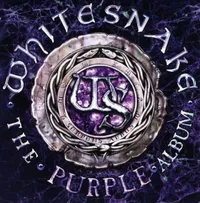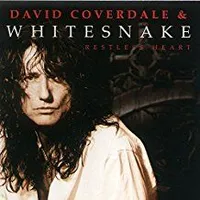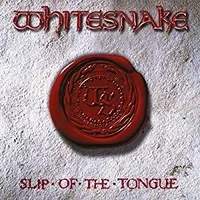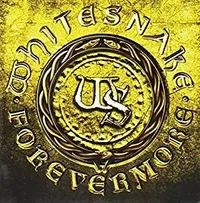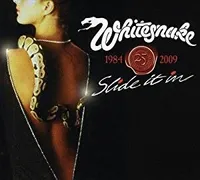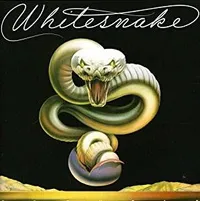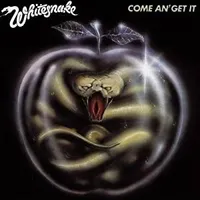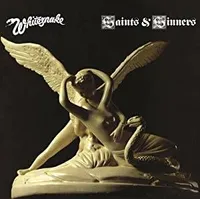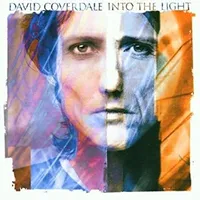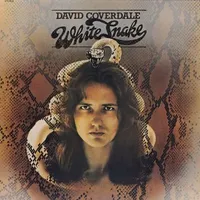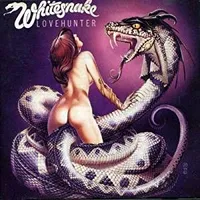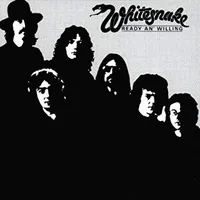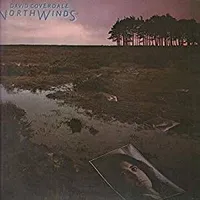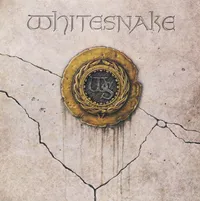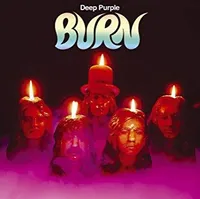Platform shoes and skintight jeans: Every David Coverdale and Whitesnake album, ranked from worst to best
David Coverdale has been there, done that, and sung a song of sweet love while doing it

There are two David Coverdales. The most famous is the frontman with Whitesnake. Lesser-known, but far more impressive, is The Voice – that’s what’s left once the glossy videos and sexual innuendo are stripped away. For underlying Coverdale’s stardom is a talent that – with a bit less lyrical focus on the trouser area – might have made him a national treasure. He was only ever having fun, but it did prevent his reputation from spreading into the mainstream in the way that, say, respect for Paul Rodgers (his early hero) and Robert Plant has done.
Coverdale was born on September 22, 1951, in Saltburn-by-the-Sea. In 1973, almost unbelievably in retrospect, he was hired by Deep Purple to replace Ian Gillan. He’d spent six years in semi-pro covers bands and got the gig on the strength of a demo tape and one nervous rehearsal.
Coverdale grew up fast in Purple and made three studio albums with them before they split in 1976. After that, he released a couple of low-key solo albums, the first called White Snake, which (contracted) gave its name to his fledgling band.
Whitesnake’s line-up changed often, but the presence of guitarists Micky Moody and Bernie Marsden, plus former Purple men keyboardist Jon Lord and drummer Ian Paice (later replaced by Cozy Powell) meant Whitesnake always sold tickets. Their albums, though, were slower to shift, especially in the US.
In 1984, with the early good-time blues-rock formula going stale, a US-only remix of their Slide It In album sold two million. Three years later, Coverdale returned with a more metal sound, a ‘hair-metal’ image, an entirely new line-up and a bunch of slick videos. The 1987 album gave him hit singles and a mega profile. But short-lived liaisons with guitarists Steve Vai (for the follow-up) and Jimmy Page (as Coverdale-Page) couldn’t sustain the momentum.
In the 90s Coverdale put a toe in the comeback water with a new Whitesnake, while a solo album, Into The Light (2000), reminded fans of his roots. Eight years later, Whitesnake re-emerged with Good To Be Bad, but the band were forced to abandon the ensuing tour due to DC’s throat problems.
Diminishing returns loomed, with 2011's Forevermore failing to set the charts alight and 2015's The Purple Album (a collection of Deep Purple covers) receiving a critical kicking from some. A final album, Flesh & Blood, arrived in 2019, but the following tour was curtailed by covid and the band never fully regained momentum.
Whitesnake's farewell tour in 2022 was marked by illness, with Coverdale, drummer Tommy Aldridge and guitarist Reb Beach all falling victim to various ailments. The band abandoned the trek after a show at France's Hellfest, prompting fears that we might not hear that trademark, "Here’s a song for ya!" from a stage again.
On November 13, 2025, Coverdale finally announced his retirement. "It has been very evident to me that it’s time really for me to hang up my rock'n'roll platform shoes and my skintight jeans," he said, jovial to the last.

9. Deep Purple - Stormbringer (Purple, 1974)
<p>Largely driven by <a href="https://www.loudersound.com/features/glenn-hughes-the-10-records-that-changed-my-life">Glenn Hughes, Purple were pursuing an atypical soul-funk-rock direction that made this a pale shadow of its predecessor Burn and bathed none of the five members in wholly flattering light. <p>But three songs – the hard rocking title-track and <em>Lady Double Dealer, plus the tour-de-force ballad <em>Soldier Of Fortune (all Blackmore-Coverdale co-writes) – made it into the band’s live sets and have rightly become minor Purple classics. If only the other six songs on the album were this good.Sign up below to get the latest from Classic Rock, plus exclusive special offers, direct to your inbox!
Freelance contributor to Classic Rock and several of its offshoots since 2006. In the 1980s he began a 15-year spell working for Kerrang! intially as a cub reviewer and later as Geoff Barton’s deputy and then pouring precious metal into test tubes as editor of its Special Projects division. Has spent quality time with Robert Plant, Keith Richards, Ritchie Blackmore, Rory Gallagher and Gary Moore – and also spent time in a maximum security prison alongside Love/Hate. Loves Rush, Aerosmith and beer. Will work for food.
